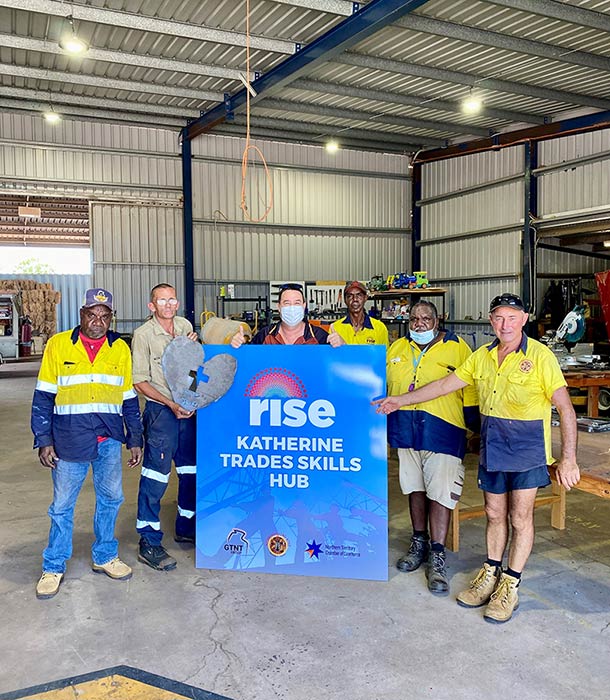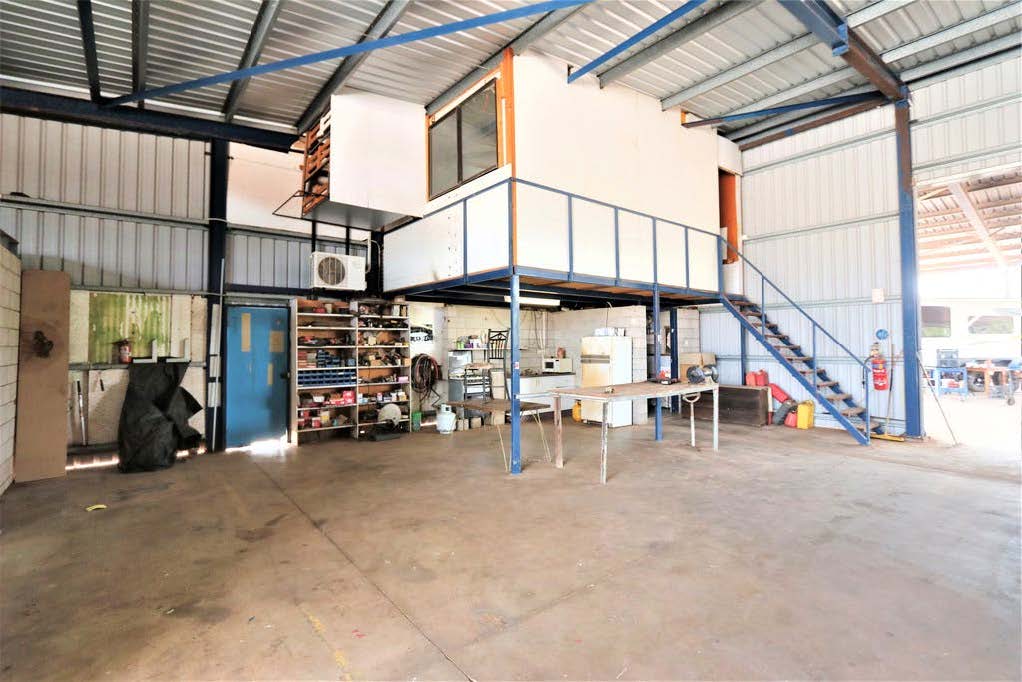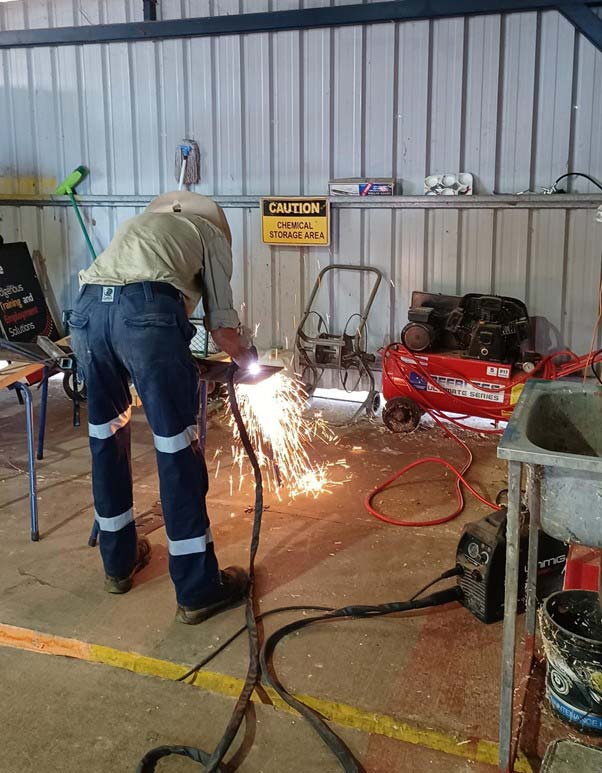
10 August 2023 — Both Canada and Australia have recognized the significance of strengthening skills training programs in their respective Indigenous communities. Despite the geographical distance between the two countries, the challenges faced by Indigenous populations are remarkably similar.
To address these challenges and promote economic equity, the governments of Canada and Australia have been actively working to establish skills training hubs and programs that cater specifically to Indigenous individuals.
Canada’s Indigenous Skills and Employment Training (ISET) Program, developed through extensive consultations with Indigenous partners, aims to enhance skills and employment opportunities for Indigenous people.
Similarly, Australia’s Katherine Trade Skills Hub (KTSH) serves as a collaborative initiative to provide training and employment pathways in various trades for the local community. These initiatives reflect a shared commitment to bridge social and economic gaps, empowering Indigenous individuals with the resources and support they need for a successful career.
Below, we’ll delve deeper into both programs and their benefits on Indigenous communities.
Canada’s Indigenous Skills and Employment Training (ISET) Program
Canada’s Indigenous Skills and Employment Training (ISET) Program assists Indigenous individuals in enhancing their skills and securing employment opportunities.
Between 2016 and 2017, extensive consultations were conducted with various Indigenous partners and organizations nationwide to evaluate and update the Aboriginal Skills and Employment Training Strategy (ASETS). As a result of these consultations, the ISET Program was developed.
The ISET Program capitalizes on the successful aspects of ASETS and incorporates valuable input from Indigenous partners, which includes:
- Collaboratively developed initiatives with Indigenous partners
- Increased funding support
- Enhanced flexibility for organizations to customize programs that cater to the specific needs of their communities and constituents
- A new approach that recognizes and respects the unique identities of Canada’s Indigenous peoples – notably the First Nations, Métis, and Inuit – while also addressing service delivery requirements in urban and non-affiliated settings
ISET Program service delivery organizations
Indigenous service delivery organizations receive funding from the ISET Program to design and deliver employment training services to First Nations, Inuit, Métis, and urban/non-affiliated Indigenous individuals residing in their respective communities. These Indigenous service delivery organizations can be found throughout Canada.
Objective of ISET
Collaborating closely, the Government of Canada and Indigenous partners are striving to achieve the following objectives:
- Halving the skills disparity between Indigenous and non-Indigenous individuals
- Reducing the employment gap by 25%
Katherine Trade Skills Hub
On the other hand, in Australia, Rise Ventures and Nyirrunggulung-Rise announced a new dedicated space to boost training and jobs for the local community. Launched in 2021, Katherine Trade Skills Hub is a strategic initiative to boost economic development across the Big Rivers region by supporting pathways to jobs, skills, and employment.
About the Centre
KTSH is a collaborative, industry-based initiative to develop a “one-stop-shop” for trades-based skills development and employment pathways in Katherine and surrounding areas. The KTSH involves a variety of pre-apprenticeships programs across a range of trades areas including general construction, civil construction, carpentry, metal fabrication, hospitality, tourism, horticulture, and health.
The Hub works closely with local employment service providers, employers, community stakeholders, and community-based organizations to underpin regional workforce development, and ongoing employment outcomes for local trainees, apprentices, and job seekers in the region.

Inside the Katherine Trades Skills Hub training centre in Australia.
Infrastructure details
Central to the site is a well-constructed large steel frame shed with drive-through concrete access. The shed includes an internal air-conditioned office with NBN and communications, as well as a large mezzanine storage space and staff kitchenette. The shed is presently set up to accommodate basic trades-based training programs including carpentry, welding, and small engine maintenance.
This large, elevated corner commercial block has a side workshop and storage area with an additional wash-down as well as a large back awning and shelter for outdoor work. It includes a large chain wire fence with double gates and dual access for maximum security.
Also located on site is a secondary building that includes air-conditioned training rooms, a kitchen area, and storage. This building is ideally situated for hospitality, tourism, visual arts, and foundation skills training. It is envisioned to include a digital learning space for online and blended learning to be enabled through the KTSH as well.

RISE Participant Kenneth Newman cutting out his BBQ Plate at the Katherine Trade Skills Hub.
Key features of the Katherine Trade Skills Hub
- A large, sheltered trades skills facility suitable for a range of training activities
- Office areas for supervisors and trainers
- Includes solar power for reduced outgoings and environmental footprint
- Includes two small units allowing for reduced accommodation costs for visiting trainers
- Space that safely separates woodwork and metal fabrication areas
- Industry-based regional partnerships to boost training and employment outcomes
- Youth engagement and training through local NGO’s and community organizations
Skills opportunities
- Ample hard stand space for Machinery training (EWP/Forklift)
- Garden space for horticultural training
- Accommodation area for housekeeping/tourism training
- Kitchen for cooking/hospitality training/life skills
- Site is fully accessible
- Vehicle detailing facilities could be utilized as an enterprise providing a service to Katherine business fleets
Conclusion
The lives of individuals are being positively impacted by programs focused on the Indigenous labour market. We hope initiatives like this can continue to help bridge social and economic gaps, and help provide an equal ground for a successful career.